EXPLORING ICELAND and SCOTLAND’S SHETLAND ISLANDS
Cruise from the Emerald Isle to the Land of Fire and Ice in Ultimate Comfort – Part 2
Read Part 1 – Exploring the Emerald Isle
By Debbie Stone
 From the Emerald Isle to the Land of Fire & Ice, and Scotland’s Shetland Islands, travel writer Debbie Stone shares her adventures on a ten night Ireland and Iceland trip aboard the Celebrity Eclipse with Celebrity Cruises, on Big Blend Radio.
From the Emerald Isle to the Land of Fire & Ice, and Scotland’s Shetland Islands, travel writer Debbie Stone shares her adventures on a ten night Ireland and Iceland trip aboard the Celebrity Eclipse with Celebrity Cruises, on Big Blend Radio.
After being soothed by Ireland’s emerald landscape, Iceland will come at you full force in all its dramatic glory. Widely known as “The Land of Fire and Ice,” Iceland is a country of extreme geological contrasts. It’s home to some of the largest glaciers in Europe, as well as some of the world’s most active volcanoes. Vast areas are covered with mountains, lava fields, lakes, waterfalls, black sands and hot springs. This environment has been shaped by the elements to form a majestic scenery unlike any other place on the planet.
Iceland sits on top of the mid-Atlantic Ridge, a long crack in the ocean floor caused by the separation of the North American and Eurasian tectonic plates. The western part of the country belongs to the North American plate and the eastern part to the Eurasian plate, which means Iceland is actually in two continents. Volcanic activity is a fact of life here and people have learned to live with both its drawbacks and considerable advantages, such as geothermal energy and a stunning natural milieu.
Roughly the size of Kentucky, Iceland is largely uninhabited. It has a population of about 320,000, where more than half of the people live in the capital city of Reykjavik. Icelandic culture has been molded by isolation and the extreme forces of nature. Such conditions have created a resilient populace, where family ties are close, the sense of tradition is strong and the connection with nature is deep.
The country was settled by Norsemen from Scandinavia and Celts from the British Isles in the 9th and 10th centuries. These early residents established the world’s first parliament back in 930 A.D. The parliament’s original location, Thingvellir, is a designated UNESCO World Heritage Site and National Park. This location was chosen as the meeting place to discuss and decide new laws, due primarily to the fact that it had a natural amphitheater for holding speeches. The place is very special to Icelandic people, as it is here that the roots of democracy were formed.
Aside from its historic significance, Thingvellir holds great appeal for geologists. It is the visible site of the mid-Atlantic Ridge, where the two tectonic plates meet. This is remarkable as it is only one of few places in the world where you can actually see the movement of the plates above sea level. The plates are being pulled apart at a rate of nearly an inch per year, creating the Thingvellir Rift Valley. The rift has produced dramatic fissures and cliffs, which combined with mountains on three sides, grass-covered lava fields and Lake Thingvallavatn, make this area a jewel of nature. It is one of the most frequently visited tourist attractions in the country and part of the famous Golden Circle route, also known as The King’s Road.
In addition to Thingvellir, the Golden Circle contains two other equally stunning locations: Gullfoss Waterfall and the Geysir Geothermal Area. In Icelandic, Gulfoss means “Golden Waterfall,” a name derived from the fact that on a sunny day, the water takes on a golden-brown color. The two-tiered waterfall is massive and cascades down from heights of 69 feet and 36 feet into a long crevasse below. Your view is from above and it appears that the waterfall is actually going underground and disappearing into the earth.
The Geysir Geothermal Area is a place of boiling and belching mud pots of unusual colors, exploding geysers, hissing steam vents, hot and cold springs and warm water streams. The area became active more than a thousand years ago and for a long time the Great Geysir took center stage in regards to eruptions. Though dormant for decades, its fame remains, having lent its name to hot springs all over the world. It was the first geyser described in a printed source and the first known to modern Europeans. The English word “geyser” is derived from the Icelandic word “geysir,” which means gusher. “Strokkur,” the Great Geysir’s brother, is the new star, as it erupts at regular intervals, every five to seven minutes or so. Pathways take you around the hot spring area, though unlike at Yellowstone, there are no fences or barriers between you and the scalding water so it’s best to keep a healthy distance.
You will most likely stop at Hellisheidi Geothermal Power Plant on a Golden Circle tour. One of the world’s largest of its kind, the plant was created to provide electricity to the city of Reykjavik. It generates over 300 megawatts of power using the geothermal steam rising from vents in the ground. An excellent visitor center provides detailed information about the process.
There’s a special hot spring rye bread that is baked in the ground using the geothermal heat. It takes about twenty-four hours to cook and is well worth the wait. Slather some Icelandic butter on it and enjoy other Icelandic specialties such as trout, smoked salmon, herring, veggies from a local greenhouse and mountainous open-faced sandwiches piled high with all sorts of goodies. Finish with a shot of Brennivin schnapps, better known as “Black Death.” Made with fermented potato mash and flavored with caraway seeds, this traditional Icelandic liquor packs quite the punch!
For the ultimate geothermal experience, head to the Blue Lagoon, where you can bathe in the steaming, mineral-rich seawater. Now a world-class spa, the Blue Lagoon is known for its beautiful milky-blue opaque water, which is believed to be a result of the blue-green algae that thrives in this environment. Purportedly, the water is good for the skin, particularly those suffering from psoriasis, as it contains such minerals as silica and sulphur. The place is an oasis of relaxation for both locals and tourists alike.
In addition to these noted attractions, Celebrity passengers can choose from an array of other tours to explore the Reykjavik area, as the ship stays in this port for two days. Take a city sightseeing trip to discover this hip capital with its vibrant cultural scene. Delve into the paranormal with a haunted walk through Old Town Reykjavik. Visit Arbaer, an open air museum to learn about the way of life for Icelanders in the past, or learn about the aurora borealis at the Northern Lights Center, with perhaps a chance of actually seeing this magical phenomenon later at night. You can also go whale watching, whitewater rafting, climb to the rim of an old volcano and enter the dark reaches of a lava cave for an underworld adventure. And for equestrians, there’s the opportunity to ride an Icelandic Horse.
The Icelandic Horse is legendary. Brought to Iceland by the Vikings in the 9th and 10th centuries, it is one of the oldest breeds of horse in the world. These horses are small in stature, but don’t call them ponies, as the Icelandic people are very particular about this characterization. There are ninety different color combos of the breed, and they have five gaits instead of the normal three. In Iceland, they number around 80,000, so your chances of spotting one or two roaming the landscape are good. As these beautiful horses are a huge part of life and history in Iceland, they are regarded with special fondness. They are mainly used for riding and companionship, though they are also bred and exported around the world.
The other port of call for the ship in Iceland is Akureyri. Lying only sixty miles from the Arctic Circle, this city is a sight to behold. The town is flanked by granite, snow-capped mountains, which protect it from the winds, while fertile farm lands and the crystal waters of one of the country’s most breathtaking fjords add to this striking setting.
To experience this part of the country’s natural gems, embark on a “Jewels of the North” excursion, which will take you to Godafoss or “Waterfall of the Gods.” Drama doesn’t get much better than standing on the edge of a vertical cliff overlooking this spectacular feature in all its thundering, foaming magnificence. Godafoss, however, is not just a pretty face. One of the most important events in Icelandic history occurred here. In the year 1000, Þorgeir Þorkelsson, the lawspeaker of Iceland was faced with the task of settling the growing disputes between Christians and those who worshipped the old Nordic gods. After deep meditation, he decided to make Christianity the official religion of the country. As a symbolic act of the conversion, he threw his heathen statues into the waterfall. This, according to legend, is how Godafoss got its name.
Another stop on this tour is Dimmuborgir, a lava field with the most unusual rock formations and caves, reminiscent of an ancient collapsed citadel. Formed by a lava-lake flowing from a large volcanic eruption about 2,300 years ago, these fascinating geological creations will spur your imagination. As you wander the labyrinth pathways of this ethereal landscape, you might see images in the rocks that resemble animals or people. One in particular looks like a man and a woman arguing, but viewed from a different perspective, it looks as if they are kissing.
Dimmuborgir, in Icelandic, means “dark castle” or “black fort.” In folklore this area is connected to many stories about elves, trolls and other mystical creatures. Some say Dimmuborgir is the home of a homicidal troll, Gryla, her third husband and their thirteen sons, the Yule Lads. The boys return in the snow each Christmas to give children gifts or rotten potatoes depending on their behavior during the year. They are each known for a particular habit or characteristic and are depicted as mischievous pranksters and petty criminals, with names like Door Slammer, Sausage Stealer, Spoon Licker and Window Peeper.
The tour also visits Hverir, another of Iceland’s famed geothermal fields. The landscape here is surreal with fumaroles or steam springs, along with mud pools and mud pots that all seem to be boiling with relentless energy. They are surrounded by sulfur crystals of many different colors. The formations against a yellow-orange scorched landscape make you feel like you’ve landed on another planet.
Hverir is in the Lake Myvatn region, where you can also see pseudo craters. A pseudo crater looks like a true volcanic crater, but it’s not. These distinctive landforms are created when flowing hot lava crosses over wet ground and pushes the ground down. This causes a lot of steam to be trapped under the weight of the lava, which results in enormous pressure. When the pressure becomes too great, the steam explodes and pseudo craters are formed.
The lake is a renowned destination for birdwatchers and there’s even a bird museum nearby that is considered to have the largest private bird collection in Iceland. Inside is an interactive display with specimens of all but one of the Icelandic breeding birds. Outside, telescopes are set up to watch birds on the lake.
Before returning to Ireland, the ship makes one final stop at Lerwick on Scotland’s Shetland Islands. There are more than one hundred of these islands, yet only fifteen or so are populated. Lerwick, the capital, is easily explored on foot. Stroll the narrow, picturesque streets dotted with shops and cafes, visit the history museum, artillery fort and prominent town hall. The latter is easy to find, as it sits on a hill and has a large clock tower. It is Shetland’s main civic building and dates back to the 19th century. Take a peek inside at the impressive stained glass windows, which are intended to convey powerful images of Shetland’s heritage and civic pride.
To really appreciate Shetland’s scenery, take a ride through the countryside. It will soon be obvious there are more sheep than people in this tranquil landscape of peat and heather. You’ll have views of farmland, small lochs and streams, a stray house here and there, the occasional church, and of course, plenty of Shetland Ponies. This hardy, sure-footed breed is the strongest of its kind in the world. At only 48 inches tall, the creatures were originally used as beasts of burden. They are as cute as can be, however, those who know these animals will caution you that they can have an attitude!
The coastline is rugged and characterized by caves, natural arches and steep cliffs plummeting into the water. You’ll be able to see the isthmus, where the North Sea and the Atlantic Ocean meet, and if you keep your eyes peeled, you’ll probably spy Grey Seals basking on the beach.
Shetland has an important archaeological site that is well worth the visit. Jarlshof Ruins is a complex of ancient settlements, which cover more than 4,000 years of human history. The range of archaeological treasures includes late Neolithic houses, a Bronze Age village, an Iron Age broch and wheelhouses, a Norse longhouse, a medieval farmstead and a 16th century laird’s house.
As you tour the island, you might wonder why there are so few trees. Years ago, this was not the case, but over time, they were cut down and used to build houses and boats. Though people have tried planting more trees, the area is just not conducive to growing them due to the fierce winds. Every so often, you’ll see a tree or two in residents’ yards. We were told they keep them like pets!
It’s a bit tricky to understand the local dialect on Shetland. If someone says “Noo den” or “Eye, eye,” he/she is greeting you in a friendly manner. If they pat the seat beside them and say “Dip dee doon,” that’s a welcoming way of inviting you to sit down and join them. And if they want to ask your opinion, they’ll use, “Quit tinks du?” My favorite though is, “A’m black fantin,” which means, “I’m very hungry.”
When you’re not exploring the various ports, you’ll be enjoying the many amenities onboard Celebrity Eclipse. The ship has two pools, several hot tubs, a library stocked with books, cardroom, casino, computer center, numerous bars, restaurants, entertainment venues, shops and, specialty boutiques, and even a lawn club that boasts real grass. The fun is limitless with oodles of activities such as cooking demos, galley tours, dance lessons, glass blowing sessions, art auctions, port and destination talks, wine tasting, sports, games, youth programs and more. There’s something for everyone and you can be as active as you like, or choose to veg on a deck chair, mesmerized by the deep blue sea. Know that whatever you do, the crew is there to make your cruise a memorable experience. They are friendly, helpful and always polite, and their international backgrounds create a mini U.N. milieu.
Canyon Ranch runs the spa and fitness classes on the ship. The spa offers a range of treatments – everything from hot stone massage and organic sea salt scrubs to herbal wraps and reflexology. I had a nourishing vitamin infusion facial that was both relaxing and therapeutic. My skin looked brighter and smoother, and gave me a youthful boost. And if you’re looking to spruce up your look, the salon provides an array of services for hair, nails, makeup and even teeth whitening.
The spacious fitness center has all the bells and whistles, with classes that will get you moving and make you sweat, build strength and improve flexibility. Or take your workout outside and use the jogging track, while enjoying the views. There are also life enhancement seminars on topics such as feet and back health, antiaging skincare, detox and weight loss, and exercise and nutrition. And personal trainers are available for individualized sessions and consultations.
When it comes to food, Celebrity prides itself on its cuisine, offering passengers a myriad of food choices, and the staff is always more than willing to cater to specific dietary needs. There are numerous dining venues onboard the ship. In addition to the main buffet and the central dining rooms, there are specialty restaurants and cafes where you can enjoy different types of cuisine, like Japanese at Sushi on 5, Italian with a contemporary twist at Tuscan Grille or classic French in Murano. And for a truly unique gastronomic adventure, there’s Qsine. Dishes take their cue from cooking styles around the world – Chinese, Indian, Mediterranean – to name a few, and courses are served family style. You order from iPads, which sets the stage in this quirky and playful restaurant. Be prepared for innovative presentations, such as bowls of ceviche set on a faux granite two-level serving platter, mini tapas stacked within a construction of shadow boxes or chocolate-dipped strawberries on sticks in a box of real grass. Decide your dessert from a Rubix Cube-like menu. The experience is fun…and tasty!
At night, the ship is a hive of action with passengers heading to eat, drink, dance or enjoy the entertainment. There are professional stage productions, dance shows, comedians, live music and movies. Or try your luck in the casino. Boredom is a nonissue on this cruise ship!
If you go: www.celebritycruises.com
Debbie Stone is an established travel writer and columnist, and regular contributor for Big Blend Radio and Big Blend Magazines, who crosses the globe in search of unique destinations and experiences to share with her readers and listeners. She’s an avid explorer who welcomes new opportunities to increase awareness and enthusiasm for places, culture, food, history, nature, outdoor adventure, wellness and more. Her travels have taken her to nearly 100 countries and to all seven continents, and her stories appear in numerous print and digital publications, reaching over 2 million readers and listeners.




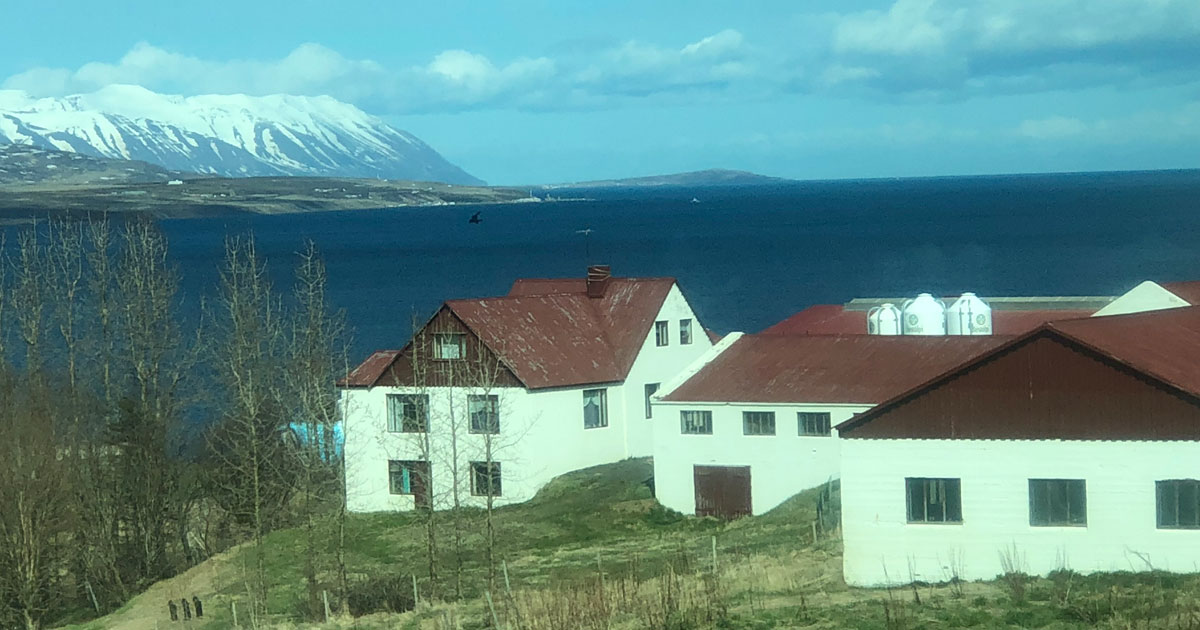


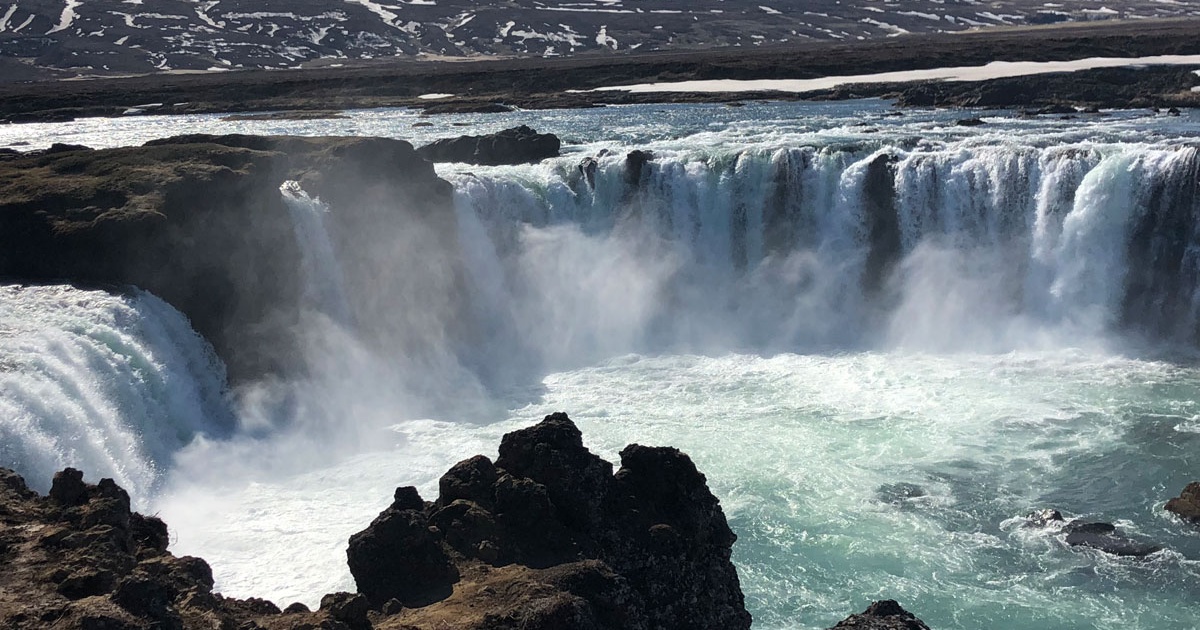
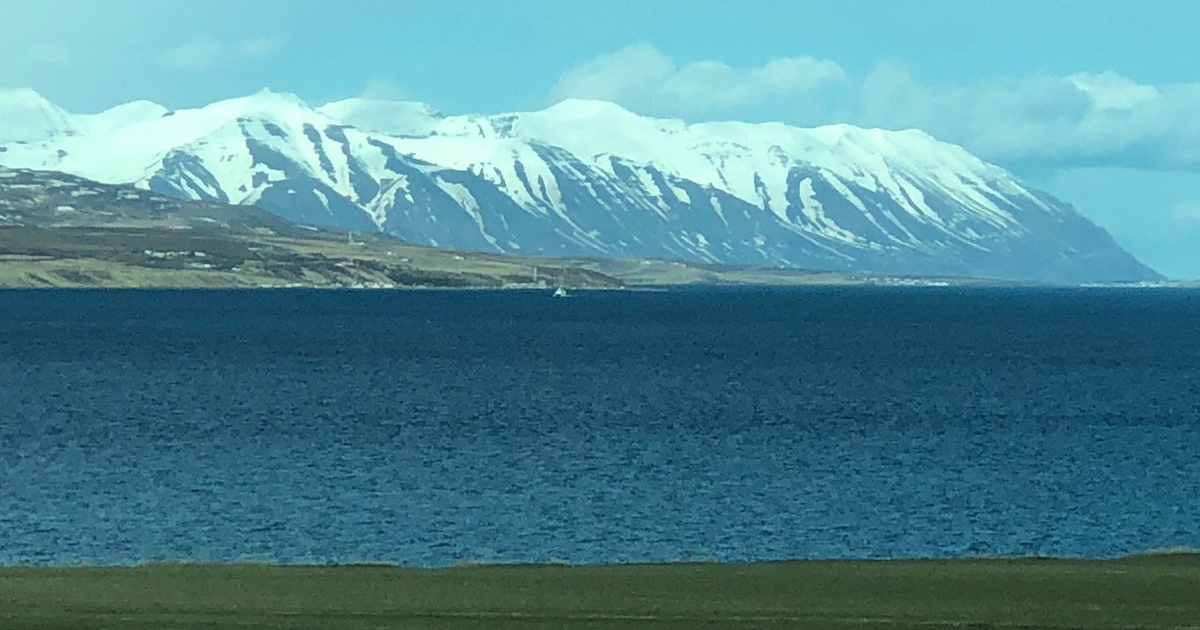




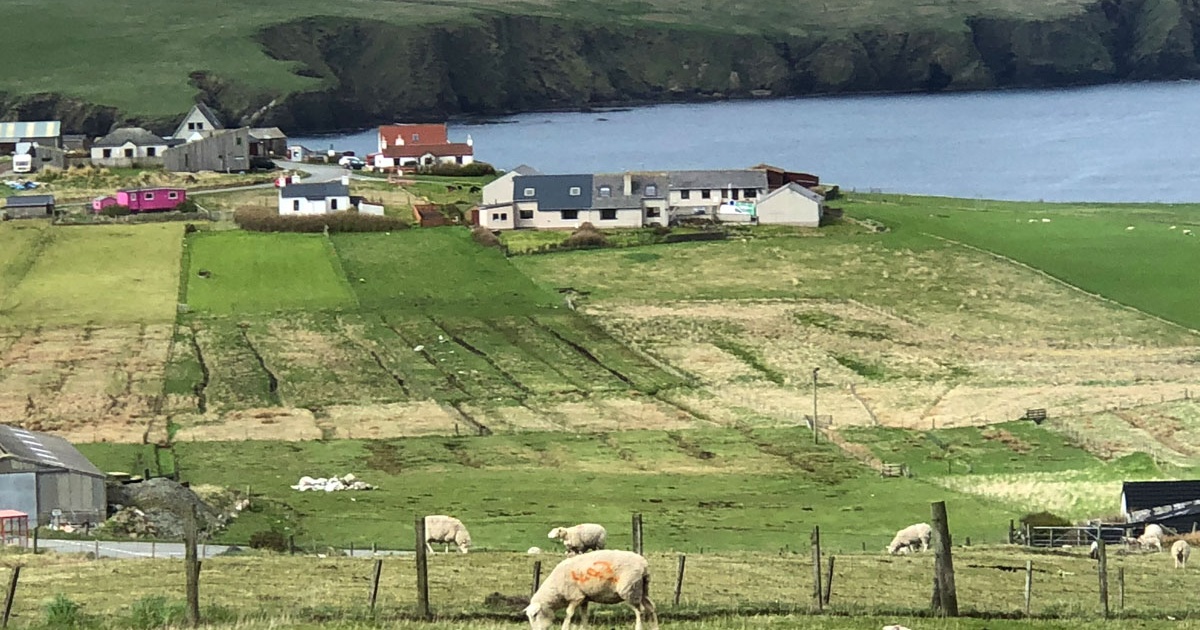
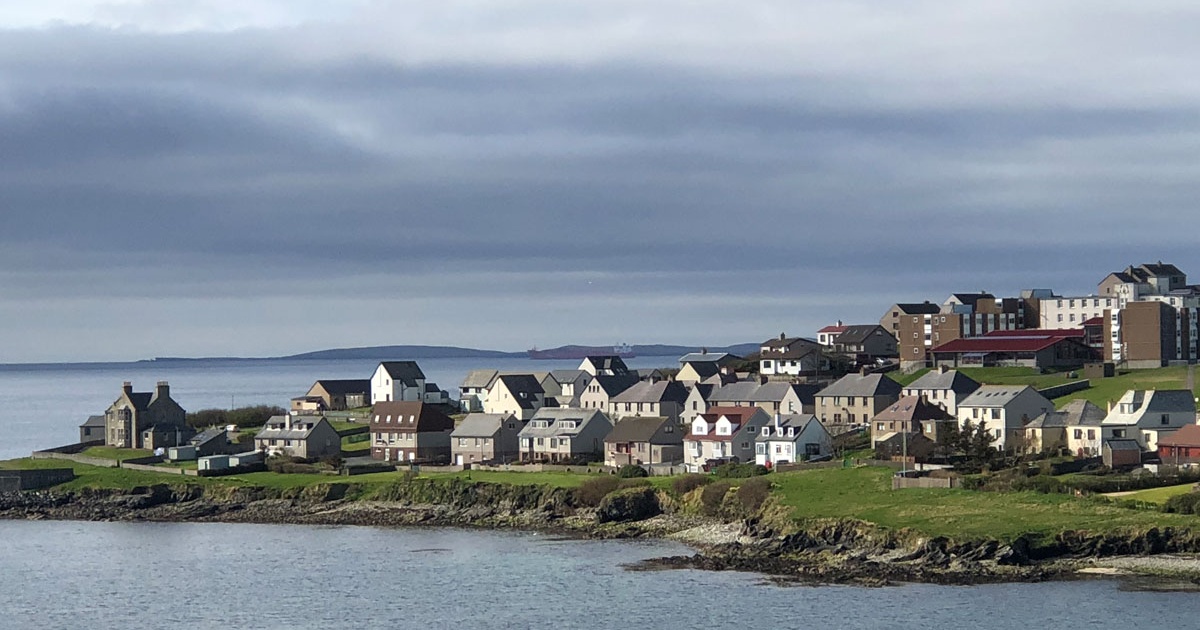
Leave a Comment
You must be logged in to post a comment.